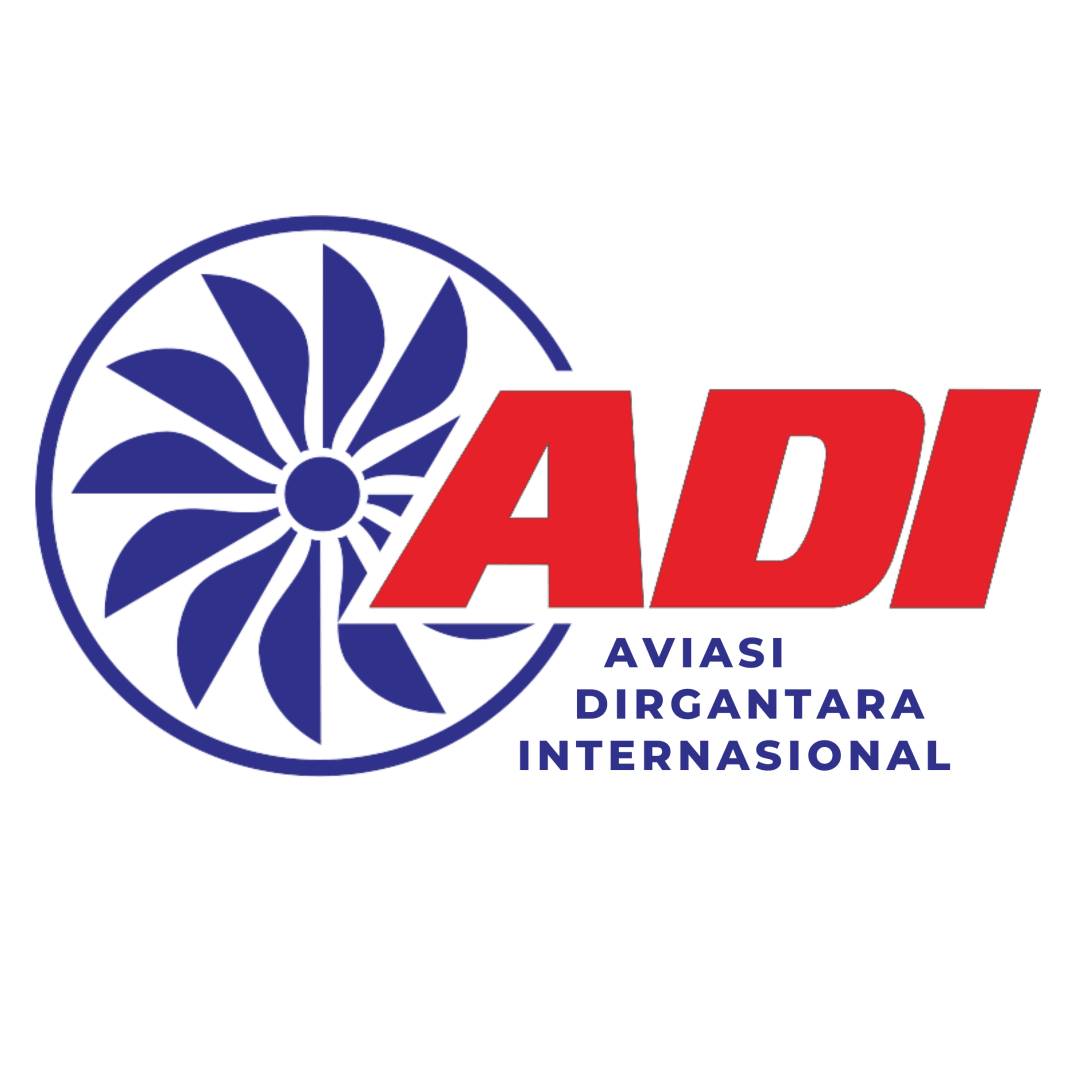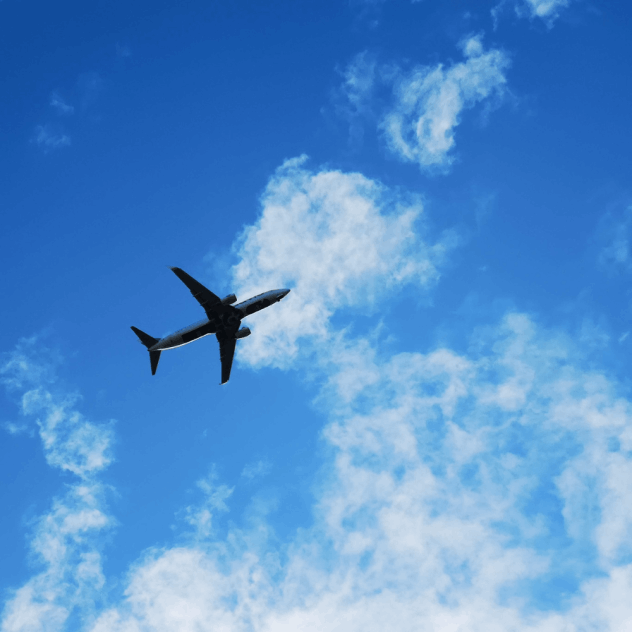
About Us
PT Aviasi Dirgantara Internasional, also known as ADI, was established in 2022 as the answer to fulfil the need in the rapid growth of Airline Maintenance Business not only in ASEAN Single Aviation Market (ASEAN-SAM) known as ASEAN Open Sky Agreement/Policy that has been agreed since 2015, but also worldwide. ADI was founded with the support of experiences, expertise, network, and facilities of ADI’s Strategic Partner, Air Service Training UK (AST), an institute that had been established since 1931. Therefore, we believe we could deliver the best result excellence to meet the challenge of providing technicians with international standards, especially EASA standards, where the graduate technicians are internationally recognized by holding EASA Part 66 License. ADI will assist the technicians to pass the EASA part 66 exam by preparing them to be a qualified workforce with international standard and presenting quality educational services.


